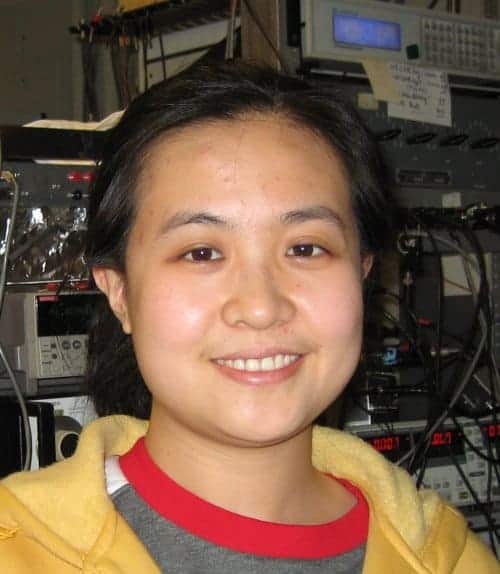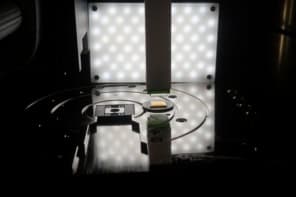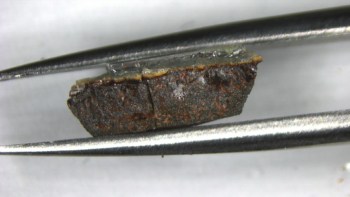
Researchers in the US have made the most convincing measurement yet of the bizarre electronic property that has earned topological insulators their recent fame. The team has shown that the electron mobility on the surface of bismuth telluride is about 12 times higher than that in the bulk of the material. This is the opposite of what is seen in conventional materials and is the hallmark of the topological insulator – a newly discovered state of matter that has condensed-matter physicists buzzing with excitement.
The strange electronic properties of topological insulators arise because the shape – or topology – of the electron energy bands makes it impossible for electrons moving along the surface to backscatter. As a result, a material that is an insulator in the bulk can be an excellent conductor on its surface. Topological insulators could therefore be used as ultrathin conductors for electronic devices or spintronic devices. They may even harbour new types of quasiparticle that are insensitive to the environmental noise that plagues quantum computers.
Previous studies of topological insulators relied on techniques such as angle-resolved photo-emission spectroscopy and scanning tunnelling spectroscopy – both of which are very good at showing that materials have the electron energy bands expected in topological insulators. However, these techniques do not make direct measurements of surface conductivity. Indeed, making such a measurement on any material is very difficult because even a small amount of conduction in the bulk can swamp the signal from the surface.
Selected crystals
Now a team of scientists at Princeton University have found a way around this problem by studying high-quality single crystals of bismuth telluride. A large crystal of the material was grown by chemist Robert Cava and colleagues, who then cleaved it into smaller pieces to find samples that were particularly good bulk insulators.
The team placed such a sample in a configuration called a Hall bar, whereby four contact electrodes measure the conductivity in the X and Y directions while a magnetic field is applied perpendicular to the surface along Z. The team then used two independent techniques to measure the surface electron mobility – a quantity related directly to the conductivity. In both techniques the presence of the magnetic field was exploited to confirm that the measured conductivity was on the surface rather than in the bulk
Both measurements put the surface mobility at about 10,000 cm2/Vs, which is about 12 times higher than that measured in the bulk of the crystals.
Dirac-like electrons
Two physicists involved in the work, Phuan Ong and Dongxia Qu, told physicsworld.com that the study also shows that the surface electrons are Dirac-like, which means that their energy increases linearly with their momentum. They also found that the surface electrons travel very long distances before scattering. Both of these properties are predicted of topological insulators.
Joel Moore of the University of California at Berkeley described the work as “an important experimental breakthrough that will convince people that topological insulators indeed have some promise for spintronic and other applications”. Moore adds that the experiment suggests that previous attempts at measuring surface conductivity – which do not agree with theory – were actually measuring bulk effects.
The research is described in Science.



